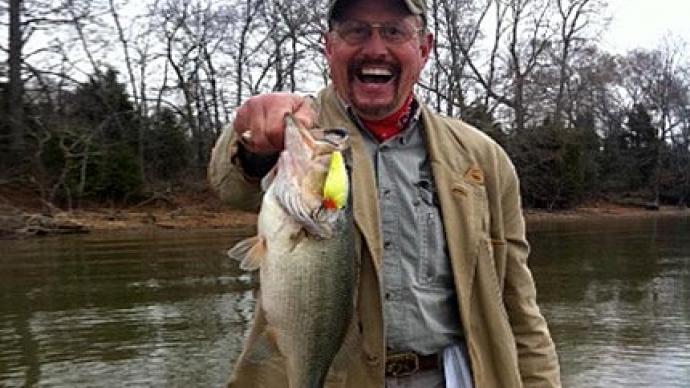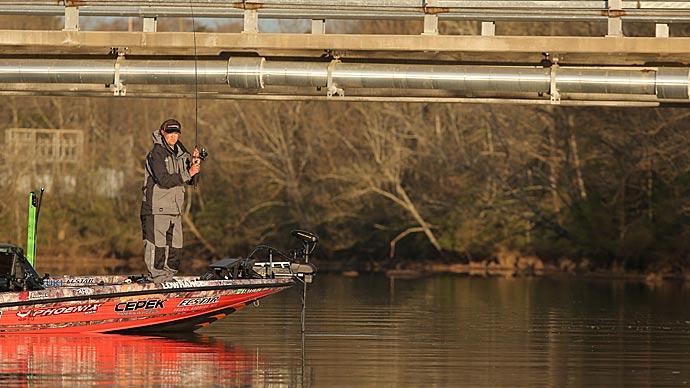
Read on if you have tried to use a crankbait for catching bass and had little or no success. This might convince you to give it a try.
Let's focus on the largest member of the sunfish family, the bass. During certain times of the day, bass like to move into deeper water. There are many reasons why this "transition" from shallow to deep water occurs, one of which is to get away from the fishermen who pound the shoreline with a variety of lures that they get to see week in and week out. Start looking for a deep-water structure when you cannot find the fish you are looking for from the shoreline.
The structure could include large rocks, areas of sunken forest, abandoned cars, or building ruins that were flooded by the Corp of Engineers when constructing a new watershed or reservoir. Often this information can be obtained from survey maps of a lake or reservoir before impounding.
Once you have established the depth you want to fish, select your crankbait according to its capabilities. Most of you will know that the larger the plastic "bill" on the nose of the bait, the deeper it will dive. I like to paint the number of feet a lure will dive on the belly of the lure. This helps when it comes to selection time. If I am fishing in 20 feet of water, I like to start with any two brightly colored crankbaits I have at hand. As opposed to color selection, brightness is that I am looking for a lure that will reflect even a little light in the darkness of deep water.
The first crankbait will run at between 15- and 18-feet. With this lure, I will determine if the fish are looking upward and are in a feeding pattern off the bottom of the water. If the first choice fails, the second lure of choice would be a crankbait that can dive deeper than the depth I am fishing. This is because I want to present frantic baitfish bumping into the structure. This lure will make small thumping sounds as it hits solid objects, or if it strikes the lake bottom, the lure will cause clouds of silt, gravel, or sand to billow up in the water. The noise and vibration will attract fish and provoke a strike. If I cannot get to the fish because they are in 30 or 40 feet of water, I attach a crankbait to a 1-ounce Carolina rig, exchanging the worm hook for the crankbait.
Crankbait color choice is vital in a shallow situation, as the lure can be seen more clearly. Try to match the size and color of the baitfish to the size of your lure. As with any crankbait lure presentation, always start moving the lure quickly. If no strikes come, change your retrieve to a stop and go or slow it down to a crawl. Once the fish "tell you" how they want the bait, you will have found the pattern to fish and will catch more of them.
Charles is a pro angler who fishes the B.A.S.S. Invitational circuit, the REDMAN Northeastern trail, and the FOXWOODS trail. He is sponsored by Bullet Weights, G.Loomis, Gamakatsu, Lake Hawk, Chevy Trucks, Hawg-ly Lures, Uncle Josh, Ike-Con Fishing Tackle, Snap-Set Spinnerbaits, Map-Trap, Stamina Components, and Power Troll Batteries.




